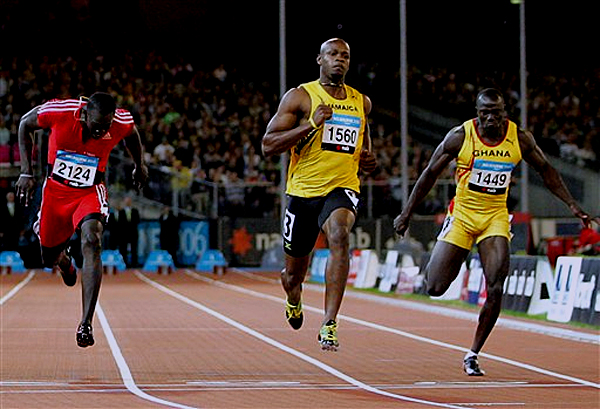

"A 16-year-old girl who was abducted said she was used as a sex slave. She is stricken with fear that her abductor, an obsessed former boyfriend may return to commit the act again."
This is a recent article taken from the Jamaican newspaper "TheStar." The man in question is a 37 year old man which she claims is her boyfriend. Child prostitution in Jamaica is rampant. It is reported that near 8% of children diagnosed with HIV/AIDS virus is under 10 years old.
The reality, however, is that the modern prostitute is no longer only female, as there are a growing number of men and children who have either worked their way in or are forced into the "industry". The reality within the Jamaican society these days, is that we have children, who have been encouraged and even forced by their parents to sell their bodies for money and favours.Many Jamaican women, for years, have been content with the understanding that their teenage daughters are sexually involved with mature men, old enough to be their fathers, in exchange for taking care of the family. What is not known is that there are Jamaica women who will send their daughters and sons out nightly to "work the beat" and take money home to them. Many of these children are not allowed back into the home unless a certain amount of money is made nightly.



















